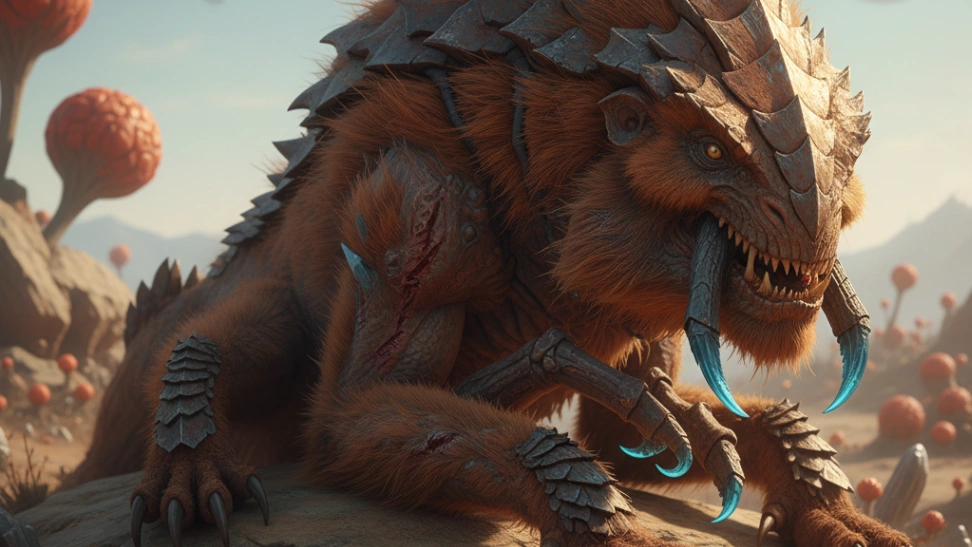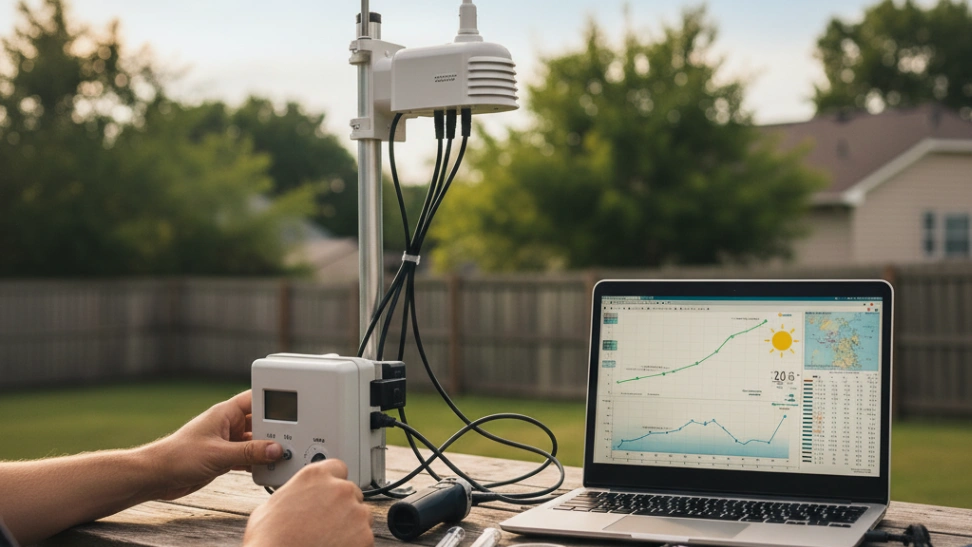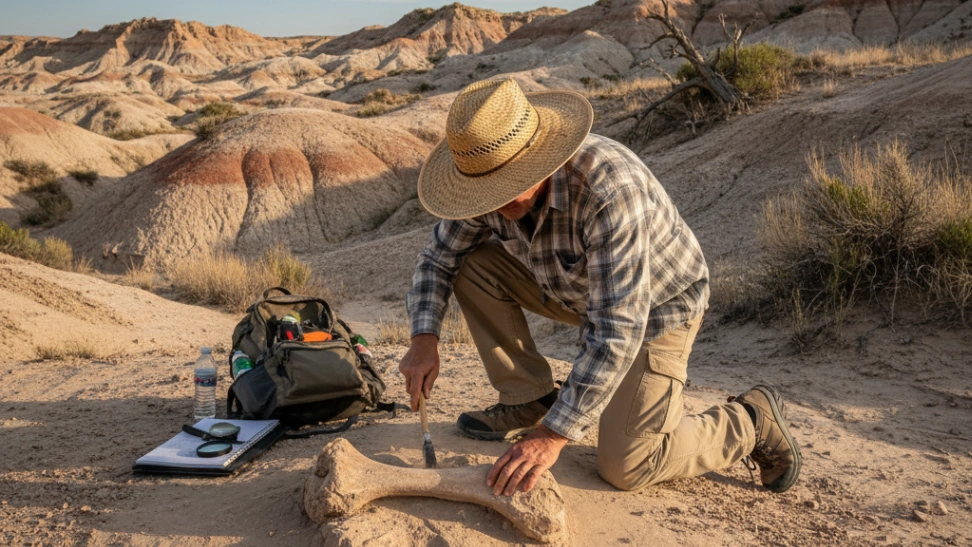Is This Hobby For You?
Ideal for creative minds who love science, world-building, and exploring the hypothetical possibilities of life.
Why You'll Love It
- Fosters deep understanding of biology and evolutionary principles.
- Unleashes boundless creativity in designing unique life forms.
- Connects you with a passionate community of scientific artists and writers.
Good to Know Before You Start
- Requires significant self-directed research and scientific literacy.
- Can be a solitary hobby, requiring high self-motivation.
- Progress can be slow without dedicated artistic or scientific skills.
Hobby Traits
How the community rates this hobby.
Getting Started: The Essentials
The basic requirements to begin your journey with Speculative Biology.
Startup Cost
$75
Community-voted average
Ongoing Cost
Very Low
Monthly upkeep estimate
Essential Gear
Sketchbook and Pencils
Essential for brainstorming, concept art, and detailed anatomical drawings.
Internet Access
Crucial for researching biological principles, existing life forms, and planetary science.
Digital Art Software (e.g., Krita/GIMP)
Free or low-cost software for creating detailed digital illustrations and presentations of your creatures.
Learning Curve
Overall Difficulty: Easy
Associated Skills
Skills you can expect to develop while pursuing this hobby.
A Closer Look at the Traits
Very Calm
A deeply relaxing and meditative activity with minimal physical effort.
Purely for Fun
Pursued purely for enjoyment, relaxation, and the fun of the activity itself.
Purely Indoors
Best enjoyed in the comfort of your own home or a dedicated indoor space.
Very Mental
A mentally stimulating activity that challenges your mind, strategy, and focus.
Purely Creative
A highly creative and expressive outlet for your imagination and artistic side.
Mostly Solo
Primarily a solitary activity, but with communities available to share your results.
Frequently Asked Questions
Hobby Traits
How the community rates this hobby.



